The Chinese cars you've not seen before - driven
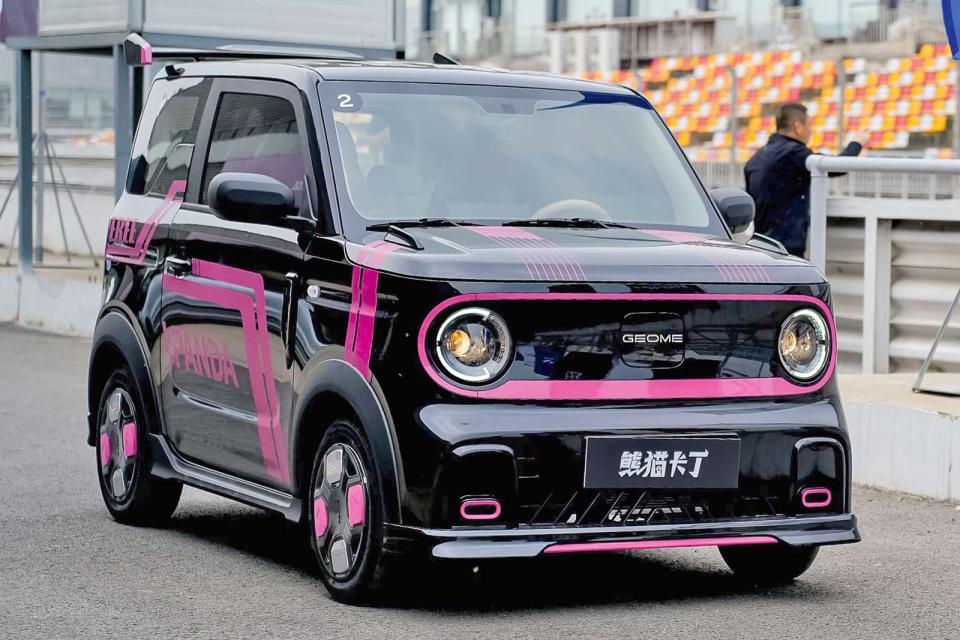
The Geometry Panda does a good £5k impression of the Honda E
Back in 2018, your correspondent spent an eye-opening two days at the Guangdong International Circuit near Guangzhou testing and judging 23 different Chinese cars as part of a Car of the Year test organised by local media.
It was memorable for all kinds of weird and wonderful reasons, the quality of the cars on show being one in particular.
I had attended a similar test the year before that, and in 2018 the leap forward in the quality of cars was far more noticeable than it would have been had similar tests been run in Europe over the same years.
At the very least, China was on the right track and learning fast about cars with the potential for global export appeal; back then, the designs were clearly ahead of the dynamics.
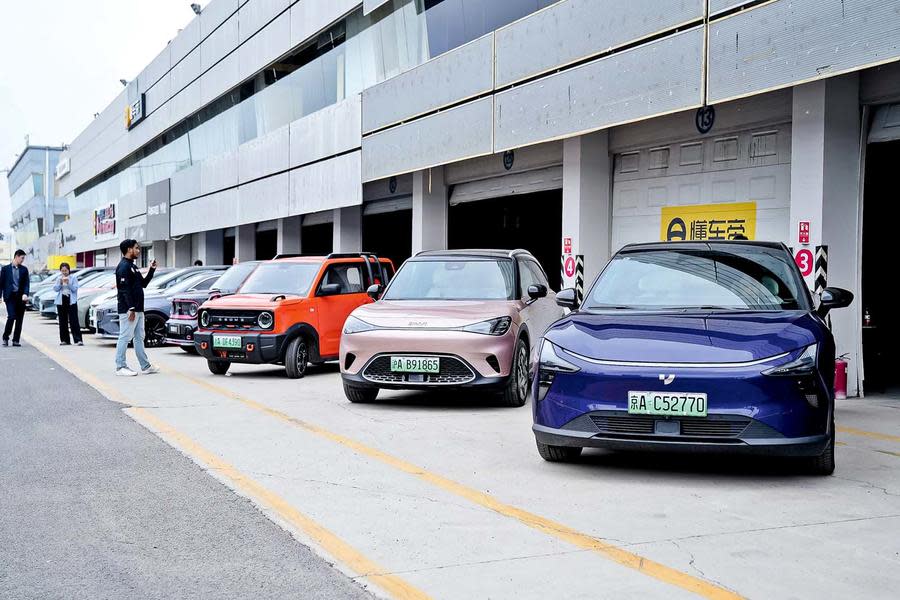
In traditional automotive circles, the gap since that 2018 event to 2024 is almost a full model cycle. Yet looking at the 18 cars from 10 different brands assembled at the Beijing Goldenport Park Circuit, a facility that, like the Guangdong International Circuit before it, is not quite up to Jonathan Palmer’s standards, you would be forgiven for thinking the gap was 20 years and three model generations or more.
Some of those models will be plenty familiar, and it would be unfair to refer to them simply as ‘Chinese’ in the same way the class of 2018 was, because all the cars here come from the ever-growing world of Geely, which today has the likes of Lotus and Smart in its portfolio.
Indeed, one company official told me: “Geely is not like the other Chinese companies because we’re already global with a strong footprint in the US and EU. It’s not a question of when we’re coming to Europe; we’re there already.”
Even so, there are plenty of domestic-market models from Geely’s different brands – and there are enough of them – to act as a barometer for the overall quality of China’s class of 2024.
Up first are the Zeekr EVs. Less than three years since delivering its first car, Zeekr is bidding to become a global brand that just happens to be from China, where it launched first, but which carried out its key design and engineering work in Gothenburg, Sweden. One official said: “We do the high-value stuff in Europe and the low-value stuff in China.”
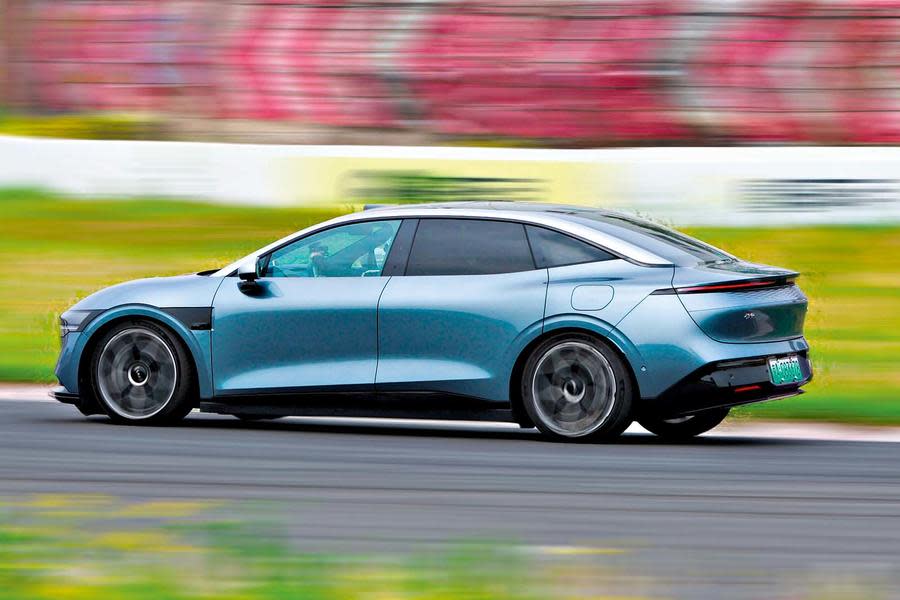
We test the Kia Niro-sized X compact crossover, the 001 that looks a bit like a Porsche Taycan Cross Turismo and the 007, which almost looks like it has some Saab lineage (perhaps it made its way from Gothenburg).
You should take our driving impressions as initial flavours, because each ‘test’ was a couple of laps of the track, but the nicest to drive was the 007, which had the most predictable handling, while the 001 was a lot more anonymous and lacking in character. It’s fair to say the X is not a track car: its upper body did a lot of lolloping, for want of a better word, and lurching around.
They all share interiors with a high perceived quality, along with excellent powertrain refinement – things typical customers would gravitate towards. You can see the X doing well, with its 311-mile range and €45,000 price (£38,000; it’s on sale in the Netherlands). Just try not to show it too many corners…
Right-hand-drive Zeekrs are already on their way to some markets, and a UK launch for the brand is expected.
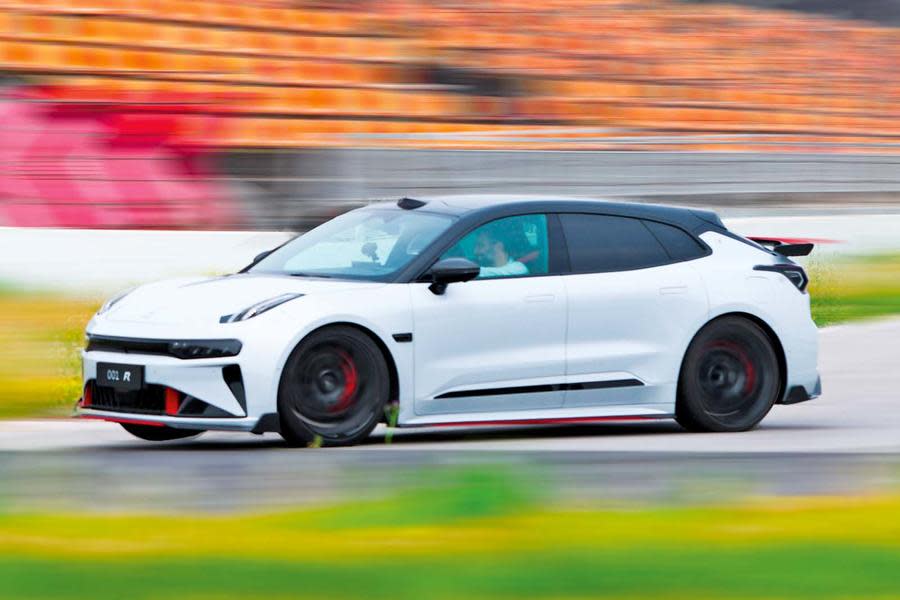
There is one extra treat from Zeekr: a 1265bhp, all-wheel-drive super-saloon version of the 001 called the FR. Yes, 1265bhp. It had far, far too much power for the chassis and felt like an old-school muscle car albeit without a throttle that could be modulated reliably enough to balance it around corners. Even so, it will stick with me: the acceleration was like nothing I have ever experienced.
It can get from 0-62mph in just two seconds, and on the circuit’s back straight the office building windows adjacent to the gap-ridden perimeter fence suddenly felt very close, with only a thin strip of weed-infused gravel separating us. I backed off to deliver it, and myself, back to the pits in one piece.
Before Zeekr, the Lynk&Co brand had a similar brief and matching global aspirations, yet its only presence in Europe is on limited fleet offerings in select markets. I drove the 07 saloon and 08 SUV hybrids, neither of which left much of an impression.
If the brand’s name sounds like a coffee shop, then the cars are very much Nescafé – and the boggo ‘Original’ stuff, not Gold Blend. While still smart inside, they’re not at Zeekr’s level of tech, materials or perceived quality, but that’s reflective of Lynk&Co’s place in the Geely hierarchy.
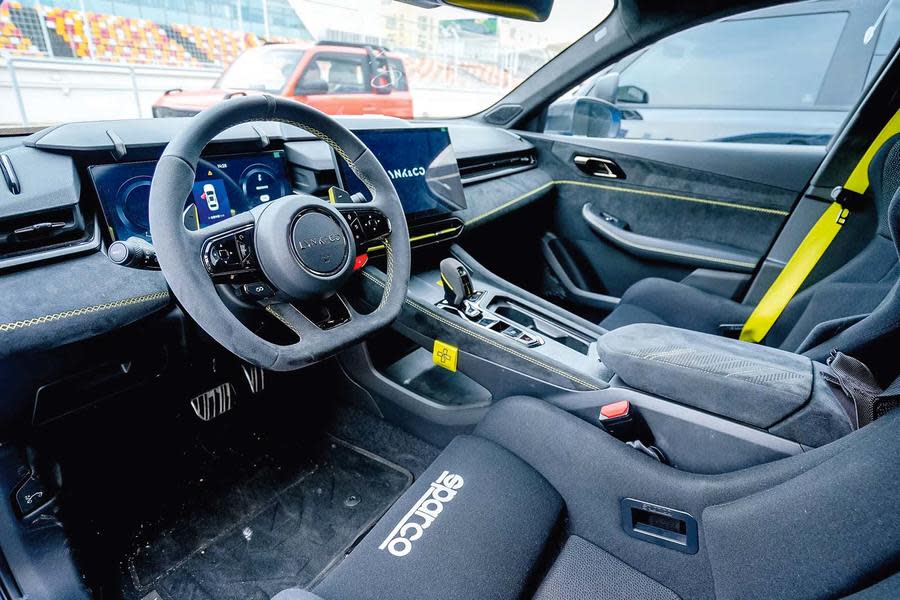
Yet hold on, what’s this? Lynk&Co has its own Zeekr 001 FR moment with the 03++. If the concept of a 1265bhp super-saloon seemed far-fetched, then a 345bhp stripped-out hot hatch with a roll-cage in place of rear seats, harness belts for the front buckets and Alcantara galore somehow feels even more so.
It’s no giant-killing Honda Civic Type R to drive, but it still has charm and character. Torque steer is the dominant dynamic feature – to a soundtrack of pops and crackles from the exhaust – yet it’s definitely entertaining and the one car here I’d seek out to drive again. That the 001 FR and 03++ exist at all is evidence that the Chinese are enthusiasts, too, and the country has a growing car culture.
Before the afternoon session, it was time for something completely different: the Geometry Panda Knight. It’s a 3.1-metre-long electric car with a rear 30kW motor, rear-wheel drive and a 124-mile range – and all for just £5000. It costs six times less than a Honda E but is not six times worse.
Far from it: there was nothing cheap or nasty about either its interior or the way it drove. Still, if ever there was a reminder of the cost advantage Chinese car companies enjoy over Western competition, this was it.

Geely sells products under its own badge in China, where it is positioned as a Skoda/Volkswagen rival. The L6 saloon and L7 SUV are another rather anonymous pair, yet in terms of both visual appeal and technology they are a world away from the cars we drove back in 2018. The sleek E8 saloon driven next again shows just how quickly things are moving forward: it is an impressive car that is as refined as anything else we test on the day.
We know all about the Lotus and Smart models, so I leave those keys alone (although it remains a novelty to see Lotus badged as ‘Lotus NYO’ due to a naming rights issue in China), but there are yet more Geely brands to discover.
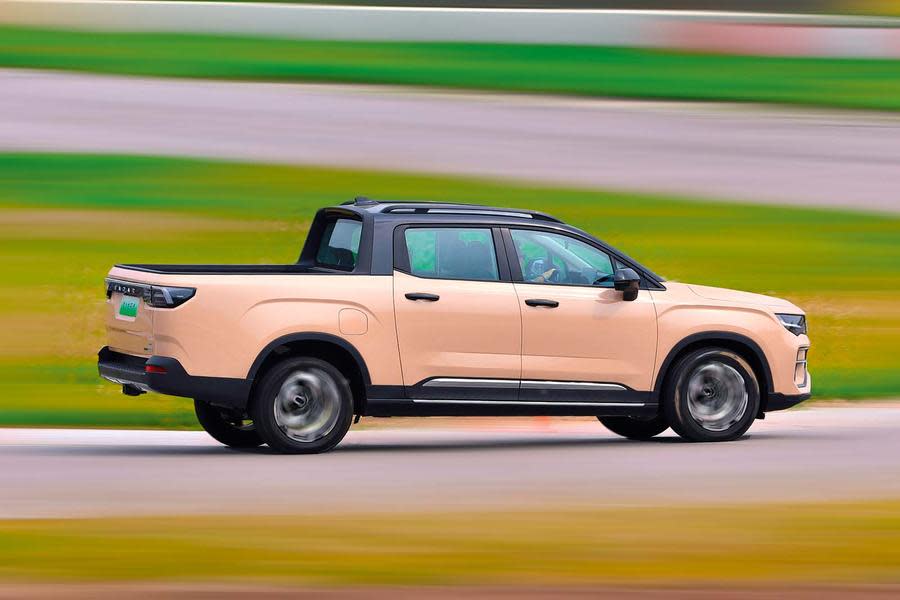
Radar makes the RD6, an electric pick-up truck that feels like one of the most complete products here. In the wake of the fuss around US-based Rivian’s EV pick-up, Radar is a good example of just how quickly China can execute ideas and get them to production maturity. This already feels ready for a UK launch.
Cars we don’t get time in are the Jiyue 07, a joint venture between Geely and ‘China’s Google’ Baidu that would rather drive me anyway because it’s all about autonomy. It’s unavailable because it’s taking another journalist to the airport, as both taxi and driver.
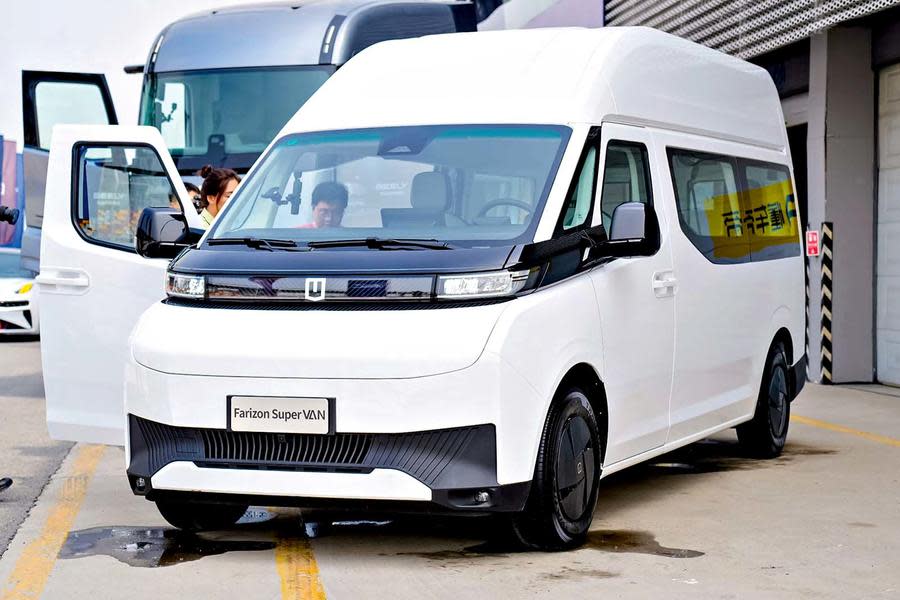
There are also models from Farizon: a huge electric lorry called Homtruck (how long has Tesla been trying to do the same?) and the SuperVan electric minibus that’s notable for having no B-pillar because its battery pack makes the floor so stiff.
It’s an enlightening day that is memorable for more of the right reasons than six years ago. On this evidence, China’s class of 2024 can claim to have caught up with established Western car makers’ exterior design, although that depends on your tastes (a little more variety is needed now this inoffensive baseline has been established).
In some respects they have taken the lead with technology and perceived cabin quality, although that depends on the brand, and electric drivetrain refinement aside, only the dynamic packages are found wanting.
Models such as the Zeekr 001 FR and Lynk&Co 03++ demonstrate an intent to create cars with enthusiast appeal and show that driver engagement is on the to-do list. I’d wager that it won’t take another six years for a breakout car to emerge from this part of the market.
]]>

 Yahoo Autos
Yahoo Autos 